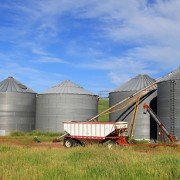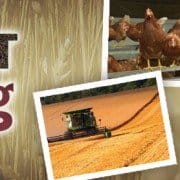Call to reduce world meat consumption could benefit Canada’s pulse growers
By Phil Franz-Warkentin
Everyone from university professors to investment bankers and even Arnold Schwarzenegger are adding their voices to calls for reducing world meat consumption, in favour of a greater focus on plant-based proteins. As that sentiment mounts, it could bode well for Canada’s pea and lentil growers.
A group of investors representing US$1.25 trillion in assets is the latest voice calling for a shift away from meat-based diets towards a greater focus on plant-based protein. The investment group, linked through FAIRR (Farm Animal Investment Risk and Return) and ShareAction, sent a letter to more than a dozen global food companies, including Kraft Heinz and Nestle, highlighting the risks of an over-reliance on factory farmed livestock and the need to diversify into plant-based proteins.
A recent report from the Oxford Martin Programme on the Future of Food, published in April, expressed a similar sentiment, with the study focusing on both the environmental and health benefits to be gained from lowering the amount of animal-sourced foods in diets.
Even Arnold Schwarzenegger and James Cameron are campaigning in support of a Chinese government led initiative to reduce meat consumption by 50 per cent, under the tagline ‘Less Meat, Less Heat.’ Read more










